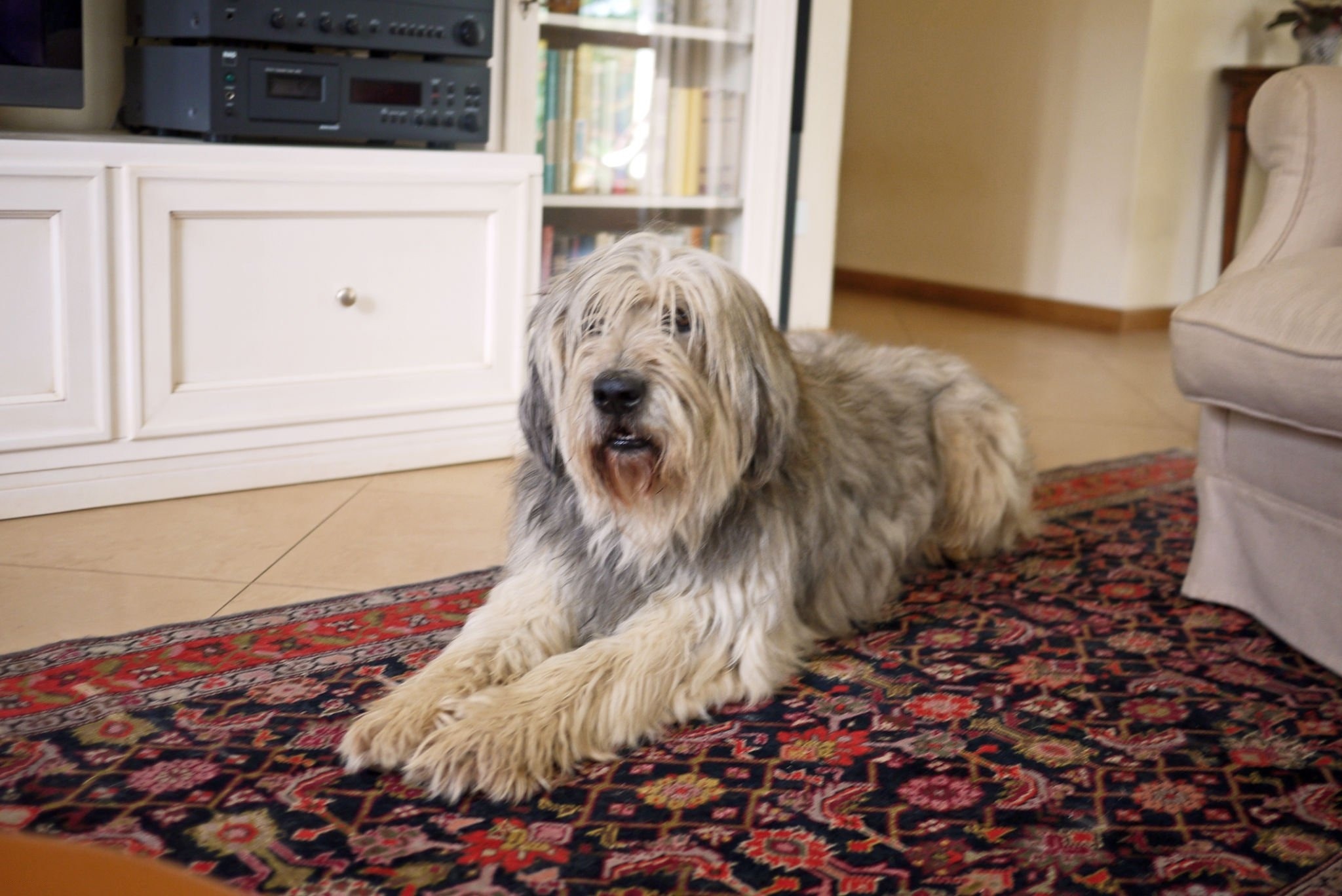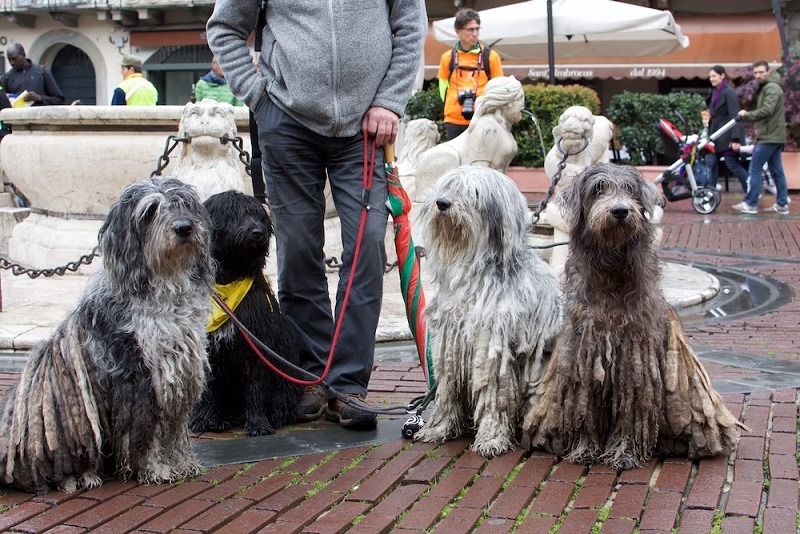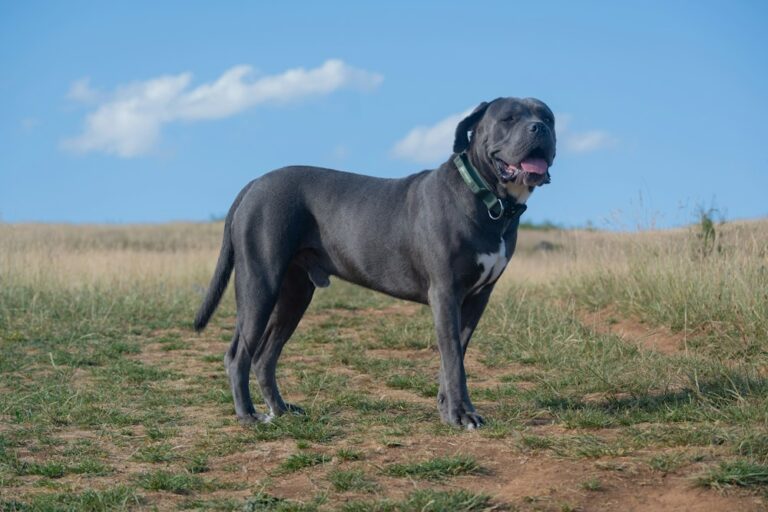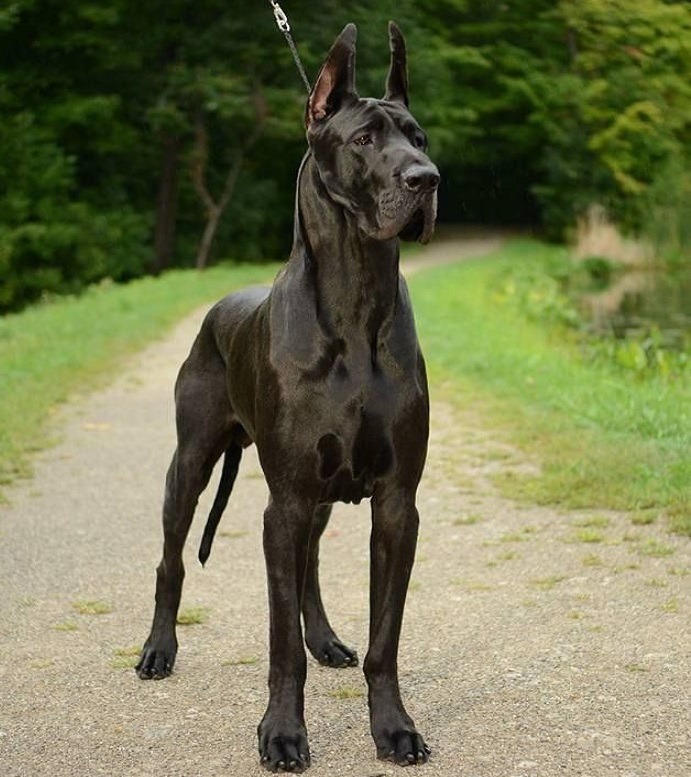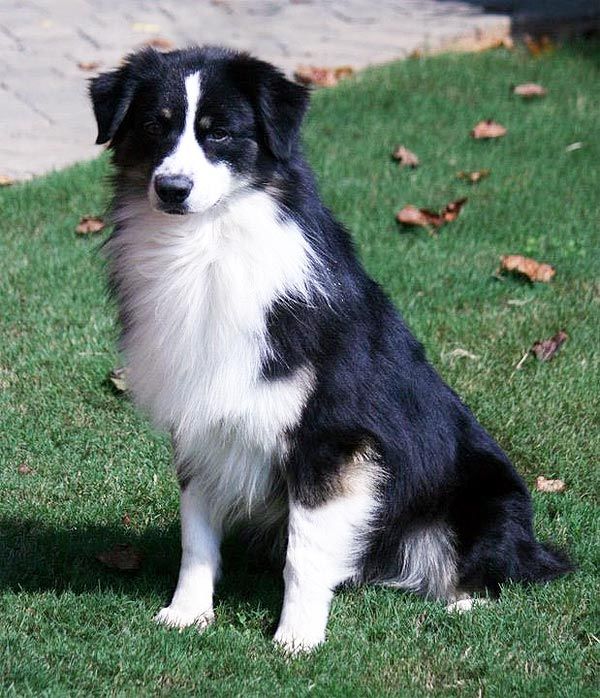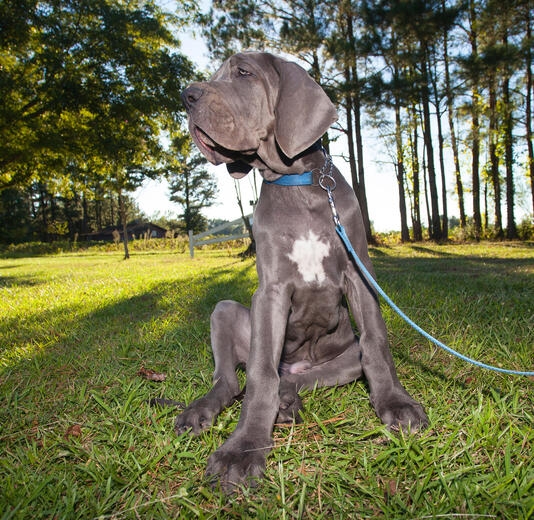Bergamasco is a loyal and hardworking herding dog, an ancient breed that has been honing its herding skills for centuries. With its distinctive appearance and robust nature, this rustic dog is well-suited for a variety of herding tasks. In this article, we will explore the fascinating history, unique characteristics, and care requirements of the Bergamasco, to help you decide if this remarkable breed is the perfect fit for your needs.
History of the Bergamasco
Origins and Ancient Heritage
The Bergamasco is an ancient breed of herding dog that has a rich history dating back several centuries. Its origins can be traced back to the Alpine region of Bergamo in Northern Italy.
The exact origins of the Bergamasco are shrouded in mystery, but it is believed to have descended from the herding dogs brought to the region by the Phoenicians around 3,000 years ago. These dogs played a crucial role in assisting the local shepherds and farmers in tending to their flocks.
Over the centuries, the Bergamasco developed unique traits that helped it thrive in the rugged mountainous terrain of the region. Its thick, matted coat provided protection from the harsh weather conditions, while its agile and sturdy build made it an excellent herder.
Role as a Herding Dog
The Bergamasco is renowned for its exceptional herding abilities. For generations, it has been an indispensable companion to the shepherds of Bergamo, assisting them in managing and moving their livestock.
With its innate intelligence and strong instinct, the Bergamasco excels in herding various types of animals, including sheep and cattle. Its natural herding skills are complemented by its calm and patient demeanor, making it well-suited for the task.
The Bergamasco’s unique coat also plays a significant role in its herding abilities. The hair on its body naturally forms long, dense mats that protect it from extreme temperatures and potential predator attacks. This distinctive coat also helps the breed blend into the flock, allowing it to move undetected and efficiently guide the animals.
Today, while the Bergamasco’s role as a herding dog has diminished due to modern farming practices, it still retains its herding instincts and is highly regarded in dog sports and competitions centered around herding trials.
In conclusion, the Bergamasco’s history is deeply rooted in its origins and ancient heritage. Its role as a herding dog has been pivotal in the agricultural practices of the Bergamo region. With its unique traits and exceptional herding abilities, the Bergamasco continues to be a remarkable and cherished breed.
Physical Characteristics
Distinctive Coat
The Bergamasco is easily recognized by its unique coat, which is one of its most distinguishing features. Unlike other dog breeds, the Bergamasco has a thick and dense coat that forms natural mats or “flocks” of hair. These flocks start developing from the age of about one year and continue to grow throughout the dog’s life. The mats are made up of three different types of hair: a dense undercoat, a finer middle coat, and a coarser outer coat. This combination not only provides insulation in cold weather but also protects the dog from heat and moisture. The flocks of hair also act as a natural barrier, shielding the Bergamasco from external elements and potential predators.
Size and Build
Bergamascos are medium-sized dogs with a sturdy and muscular build. They have a rectangular body shape, with males typically being larger and heavier than females. On average, males stand between 23.5 to 24.5 inches (60 to 62 cm) tall at the shoulder and weigh around 70 to 84 pounds (32 to 38 kg). Females, on the other hand, are slightly smaller, measuring 22 to 23 inches (56 to 58 cm) in height and weighing approximately 57 to 71 pounds (26 to 32 kg). Despite their solid and robust appearance, Bergamascos are surprisingly agile and light on their feet, allowing them to excel in herding and agility tasks.
Temperament and Personality
Bergamascos are known for their gentle and calm temperament, making them excellent family companions. They are loyal, affectionate, and highly devoted to their owners. This breed is incredibly patient and tolerant, making them great with children and other pets when properly socialized from an early age. Although generally reserved with strangers, Bergamascos are not aggressive and will usually approach new people with caution rather than hostility. They are intelligent dogs that thrive on mental stimulation and enjoy being involved in various activities. While they are natural herders, they can adapt well to different living environments as long as they receive sufficient exercise and mental enrichment.
In summary, the Bergamasco is a remarkable herding dog with distinct physical characteristics. Its unique coat, size, and sturdy build contribute to its ability to excel in herding tasks. Furthermore, its gentle temperament and adaptable nature make it a wonderful addition to any family.
Training and Exercise
Socialization and Obedience Training
Socialization is crucial for the Bergamasco breed to ensure they develop into well-rounded and confident dogs. Early and ongoing socialization should expose them to a variety of environments, people, animals, and situations. This helps them become comfortable and adaptable in different settings and reduces the likelihood of fear or aggression issues.
Obedience training is also essential for Bergamascos. They are intelligent dogs with a strong herding instinct, so teaching them basic commands such as sit, stay, come, and heel is important for their safety and the well-being of those around them. Consistency, positive reinforcement, and using rewards-based training methods work best with this breed.
Mental and Physical Stimulation
Bergamascos are intelligent dogs that thrive when given mental and physical stimulation. Mental exercise helps prevent boredom and destructive behaviors. Engage their minds with puzzle toys, interactive games, and training sessions that challenge their problem-solving abilities.
Physical exercise is equally important for Bergamascos. Despite their rustic appearance, they are quite athletic and require regular activity to maintain their physical health. Long walks, jogs, or hikes are great ways to keep them physically fit and mentally stimulated. Additionally, interactive play sessions, such as fetch or agility training, can further satisfy their need for physical activity.
Recommended Exercise Routine
To keep your Bergamasco in top shape, it is recommended to provide them with at least 60 minutes of exercise daily. This can be divided into two or three sessions to prevent exhaustion. A combination of mental and physical activities is ideal to ensure their overall well-being.
In the morning, start with a brisk walk or jog for around 30 minutes. This helps burn off excess energy and prepares them for the day ahead. In the afternoon, engage them in mentally stimulating activities such as obedience training, puzzle toys, or scent games. This not only exercises their minds but also strengthens the bond between you and your Bergamasco. In the evening, dedicate another 30 minutes for a longer walk, incorporating some playtime to keep them physically active.
Remember to adjust the exercise routine based on your dog’s age, health, and individual needs. Always consult with a veterinarian or professional dog trainer for personalized advice to ensure your Bergamasco receives the appropriate training and exercise regimen.
Health and Care
Common Health Issues
One of the key aspects of caring for a Bergamasco herding dog is understanding their common health issues. Like any breed, Bergamascos can be prone to certain health conditions that owners should be aware of. By being knowledgeable about these issues, you can take proactive steps to ensure your Bergamasco stays healthy and happy.
- Hip Dysplasia: This is a common orthopedic condition where the hip joint doesn’t develop properly. It can cause pain, lameness, and eventually arthritis. Regular exercise and maintaining a healthy weight can help prevent or manage hip dysplasia.
- Progressive Retinal Atrophy (PRA): PRA is a group of genetic eye diseases that gradually lead to vision loss and blindness. Regular eye examinations by a veterinarian can help detect PRA early, allowing for appropriate management and care.
- Bloat: Also known as gastric dilatation-volvulus (GDV), bloat is a life-threatening condition where the stomach fills with gas and twists. It requires immediate veterinary intervention to save the dog’s life. Feeding smaller, frequent meals and avoiding vigorous exercise right after meals can help reduce the risk of bloat.
- Allergies: Bergamascos can develop allergies to various environmental triggers, such as pollen, dust mites, or certain foods. Common signs of allergies include itching, excessive licking, and skin irritations. Identifying and avoiding the allergens, along with appropriate veterinary treatment, can help manage allergies effectively.
Grooming and Coat Maintenance
The Bergamasco’s unique coat requires regular grooming and maintenance to keep it healthy and prevent matting. Here are some key points to consider:
- Coat Structure: The Bergamasco’s coat is made up of three types of hair: the undercoat, the goat hair, and the wool hair. The coat forms natural mats called “flocks” that protect the dog from various weather conditions.
- Brushing: Regular brushing is essential to prevent matting and keep the coat clean. Use a wide-toothed comb or your fingers to separate the flocks gently. Avoid using a traditional brush, as it may damage the coat’s structure.
- Bathing: Unlike other breeds, Bergamascos require infrequent bathing. Over-bathing can strip the natural oils from their coat, which are necessary for maintaining its unique texture. Aim for bathing once every few months or as needed.
- Trimming: Trimming the hair around the eyes, ears, and paws is necessary for hygiene purposes. However, the flocks should never be cut or trimmed, as they are essential for protecting the dog’s skin and regulating body temperature.
Nutrition and Exercise for Optimal Health
Providing proper nutrition and exercise is vital for maintaining the overall health and well-being of your Bergamasco. Here are some guidelines to ensure optimal health:
- Balanced Diet: Feed your Bergamasco a high-quality, balanced diet that provides all the necessary nutrients. Consult with your veterinarian to determine the appropriate portion sizes and choose a diet suitable for your dog’s age, activity level, and any specific dietary requirements.
- Regular Exercise: Bergamascos are an active breed that requires regular exercise to stay physically and mentally stimulated. Aim for daily walks, play sessions, and interactive activities that challenge their intelligence and instincts. However, avoid excessive exercise during their puppy stage to protect their developing joints.
- Weight Management: Obesity can lead to various health problems, including joint issues and a shorter lifespan. Monitor your Bergamasco’s weight and body condition regularly. Adjust their diet and exercise routine accordingly to maintain a healthy weight.
- Hydration: Always provide fresh, clean water for your Bergamasco. Proper hydration is crucial for their overall health and helps maintain optimal organ function.
By focusing on the health and care aspects outlined above, you can ensure that your Bergamasco herding dog lives a long, happy, and healthy life. Regular veterinary check-ups, a balanced diet, proper grooming, and plenty of exercise will contribute to their overall well-being.
Bergamasco as a Family Pet
Compatibility with Children
The Bergamasco is an ideal family pet due to its gentle and affectionate nature, making it highly compatible with children. This ancient herding dog breed is known for its patience and tolerance, making it a great companion for kids of all ages. Whether it’s playing in the yard or cuddling up on the couch, the Bergamasco is a loving and loyal friend to children.
Interaction with Other Pets
If you have other pets in your household, the Bergamasco can easily adapt and interact with them. This herding dog breed generally gets along well with other animals, including cats and smaller pets. However, it’s important to introduce them properly and provide proper socialization to ensure a harmonious relationship among your furry companions. With the right training and supervision, the Bergamasco can coexist peacefully with other pets, creating a harmonious and happy home environment.
Suitability for Different Lifestyles
The Bergamasco is a versatile breed that can adapt to various lifestyles, making it suitable for different types of families. Whether you live in a spacious house with a large yard or a cozy apartment in the city, this herding dog can adjust accordingly. Although the Bergamasco has a rustic and outdoorsy background, it can thrive in urban settings as long as it receives sufficient exercise and mental stimulation. Regular walks, playtime, and engaging activities are essential to keep this intelligent breed happy and healthy.
In conclusion, the Bergamasco is an excellent choice for families looking for a loyal and loving companion. With its compatibility with children, ability to interact with other pets, and adaptability to different lifestyles, this ancient herding dog can bring joy and happiness to any home.
The Bergamasco dog is a fascinating breed that has a rich history and unique characteristics. This ancient and rustic herding dog has been a loyal companion to shepherds for centuries, using its intelligence, agility, and endurance to help them manage their flocks. With its distinctive coat and gentle temperament, the Bergamasco is not only a practical working dog but also a beloved family pet. Although its numbers have dwindled over time, efforts are being made to preserve and promote this remarkable breed. Whether as a herder or a cherished member of the family, the Bergamasco continues to leave a lasting impression with its unwavering loyalty and versatile abilities.

